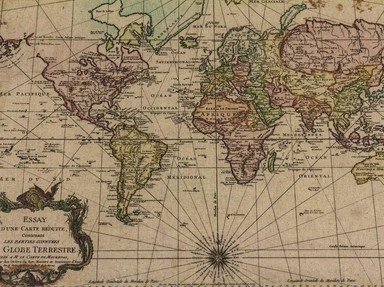Quiz Answer Key and Fun Facts
1. Which of the following is the tallest peak in Jerusalem?
2. The city of Haifa has, for decades, been the third largest city in Israel. But what stood there in 1947, prior to the declaration of the State of Israel?
3. The city of Ashkelon only became a Jewish city in modern times. In ancient times, however, it belonged to a bitter enemy of the Hebrew people. Which of these peoples inhabited the ancient city?
4. In the year 20 AD, king Herod Antipas built a new capital city for his throne, next to the Sea of Galilee. He named the city after the Roman Emperor. The city still stands to this day, and bears the same name. Who was the Roman Emperor in 20 AD?
5. When Tel-Aviv was founded in 1909, its most prominent structure was the beautiful "Gymnasia Herzeliya" High School. In 1977, when the high school was torn down, which of these replaced it?
6. What is the name of the ancient spring that gave water to residents of the ancient walled city of Jerusalem?
7. At the southern end of the country is a city named Eilat. It was built around an old Ottoman police station on the outskirts of the city of Akaba. What was the name of the police station and the area around it, at the time it was captured by the Israeli armed forces?
8. Gush Dan is the unofficial, collective name for Tel-Aviv and its environs, and depending on definition it includes anywhere up to 30 different cities. One of Gush-Dan's main avenues runs clear through three different cities without skipping a beat or passing through any unbuilt areas. Which of these streets does so?
9. Kiryat Shmona is a large town at the northern edge of Israel. Its proximity to the border puts it at a very dangerous place. Which of the following cities is the most distant from Kiryat Shmona?
10. In 2008 in Jerusalem, construction was completed on a large suspension bridge which cost the city more than two billion shekels (around $500 million). What is the designed purpose of the bridge?
Source: Author
Headrock
This quiz was reviewed by FunTrivia editor
Pagiedamon before going online.
Any errors found in FunTrivia content are routinely corrected through our feedback system.

